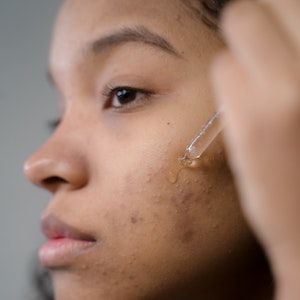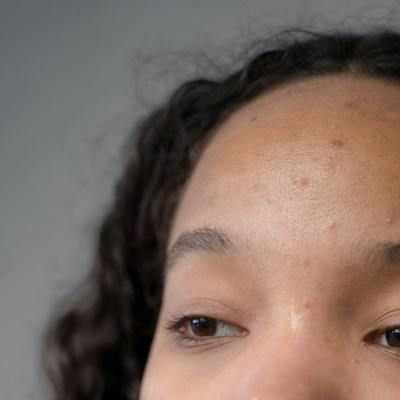Article
Study Observes Differences Between Late Onset and Early Onset Acne in Women
Author(s):
Patients over 21 years who developed acne presented with different clinical characteristics than younger patients.

A new study suggests a difference in clinical characteristics between late onset and early onset acne in women.
The observational study was performed by investigators at Seoul National University College of Medicine, who recruited 89 female patients with clinical diagnosis of acne vulgaris with a duration not exceeding 5 years from onset.
“Although there have been some studies documenting the clinical characteristics of postadolescent acne, little is known about the clinical characteristics of acne based on the age of onset,” the investigators wrote.
“Accordingly, this is the first study that investigates the clinical characteristics of acne based on the age of onset by using objective and quantitative evaluation methods and elucidates the relationship with topographical andaetiological factors, such as the density of Propinibacterium acnes (P. acnes) and the level of sebum secretion.”
The Study
The mean age among all enrolled patients was 23 years old, with ages ranging from 10 - 43 years. Patients were divided and observed in 4 groups: <16, 16-20, 21-25, and over 25 years.
The clinical characteristics of the youngest age group (<16) were then compared with that of the other groups.
Facial sebum secretion was measured using a Sebumeter, and sebum was collected at the forehead, nose, cheeks, and chin.Clinical photographs included an anterior view of the entire face as well as lateral views on each side.
“For the regional comparison of the clinical characteristics, the face was divided into the T-zone (forehead, nose and upper chin area) and U-zone (both cheeks, perioral and lower chin area),” the investigators noted. “The lesion counts for the inflammatory papules or non-inflammatory papules (comedones) for each zone were assessed by one dermatologist who was unaware of specific patient information.”
They used a stereotactic fluorescent photography unit to quantitatively evaluate the degree of P. acnes.
The team performed the Student’s t-test for comparison between the groups, as well as Pearson’s correlation test for the correlation of clinical characteristics, age of onset, sebum level and density of P. acnes.
The Results
The investigators found that patients with acne that developed after the age of 21 presented with different clinical characteristics compared with those with acne onset at younger ages.
The mean lesion counts for the comedones and total acne lesions in the T-zone were found to be significantly less in this late onset group when compared with the early onset group (P<.001 and P<.001, respectively).Similarly, for the entire face, the mean comedone count and total lesion counts were significantly less in the late onset group compared with the early onset group (P = .001 and P = .031, respectively).
The late onset group presented with a significantly lower proportion of comedones in the T-zone and entire face than the early onset group (P = 0.021 and P = .013 respectively). Nevertheless, the investigators observed no significant differences in mean lesion counts for the inflammatory lesions between both groups.
Although the level of sebum secretion was generally higher across all regions in those with late onset acne than in those with early onset acne, these findings were not considered statistically significant. There was also no statistically significant difference in the density of P. acnes between the groups.
“The clinical characteristics of early onset acne and late onset acne may indicate a need for different treatment approaches,” the investigators concluded. “Further studies are needed to investigate differences in men with regard to age of onset of acne,” they wrote.
The study, “The clinical features of late onset acne compared with early onset acne in women,” was published online in Journal of the European Academy of Dermatology and Venereology.





